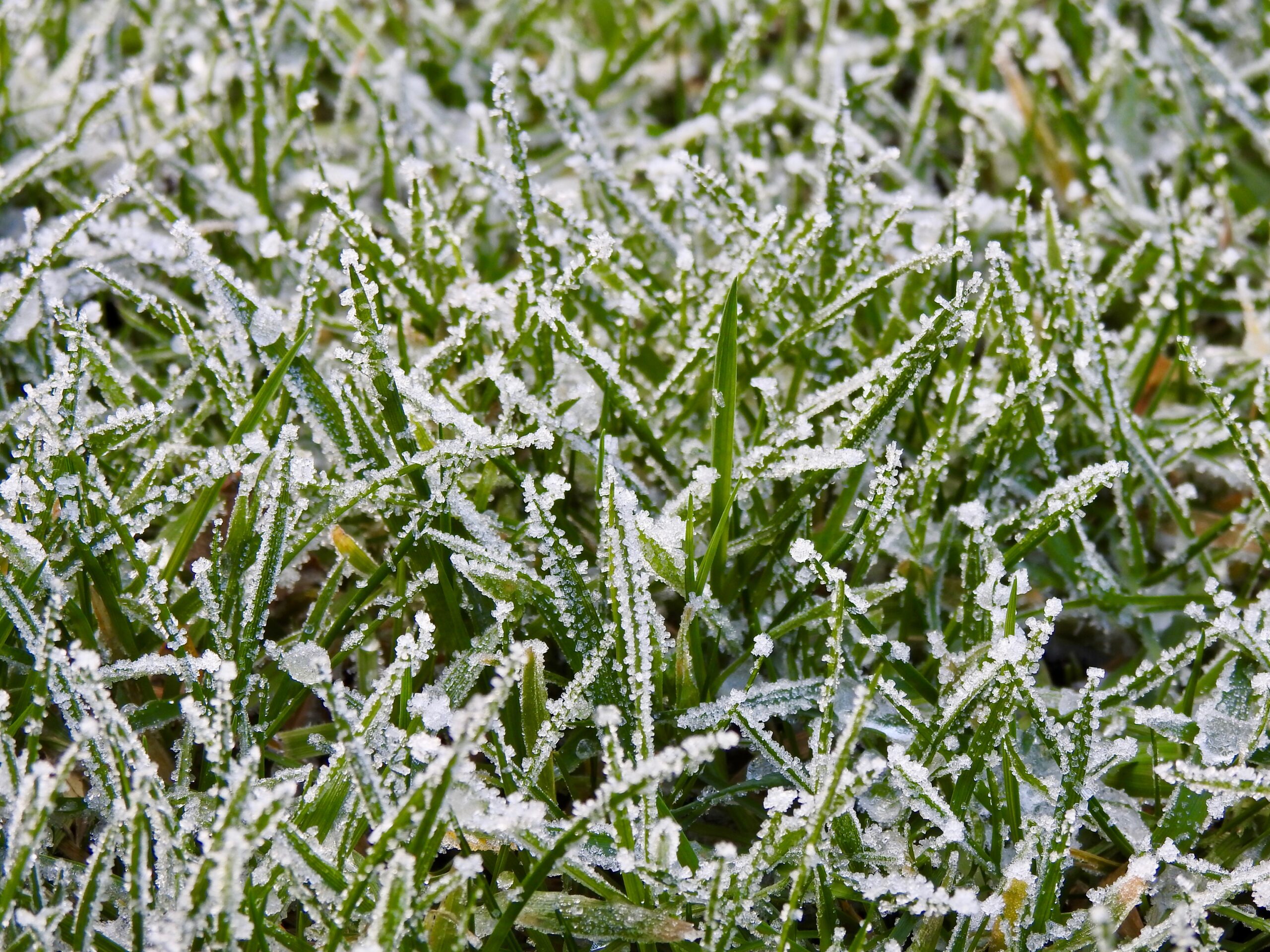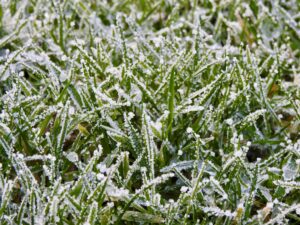What Happens If Too Much Safe Paw or Safe Thaw Gets on Grass?


Safe Paw and Safe Thaw are both designed to be environmentally friendly, pet-safe, and surface-safe alternatives to traditional chloride-based ice melts. They’re often praised for being gentle on vegetation compared to salt-based products. But like any product—even a safe one—too much of a good thing can still cause problems. Specifically, when these ice melts are overapplied and the runoff collects on grass, homeowners may notice a surprising result: dead or yellowing patches in the lawn.
But why does this happen if the product is labeled safe? The answer lies in understanding how nutrient overload—particularly nitrification—can affect plant life.
Why Excess Application Can Harm Grass
Safe Paw and Safe Thaw are formulated with nitrogen-based compounds, which are typically beneficial in small quantities. Nitrogen is one of the key nutrients that plants and grass need to grow. However, when too much is introduced to a concentrated area—especially through roof runoff or over-application in one spot—it can lead to overfeeding.
This condition, sometimes called “fertilizer burn,” causes grass to become overwhelmed with nutrients it cannot absorb quickly enough. The result? The grass “burns out,” leading to brown or dead patches that may resemble chemical damage. Fortunately, this damage is not permanent. In most cases, the grass will recover over time, especially with reseeding and watering.
Understanding Nitrification and Inhibitors
Nitrification is a natural process in which nitrogen is converted into nitrates that plants can absorb. Safe Paw and Safe Thaw include a nitrogen inhibitor that helps regulate this conversion to prevent overfeeding. Under normal use, this inhibitor keeps the product safe for lawns and bushes. However, when too much product accumulates—such as when large volumes are dumped from socks placed on roofs or if excess product flows down drainpipes into concentrated lawn areas—the inhibitor may not be able to compensate.
This is why application guidelines recommend even spreading and moderate use.
What About Salt-Based Ice Melts?
For comparison, traditional ice melts containing sodium chloride or magnesium chloride don’t overfeed grass—they dehydrate it. Salt draws moisture out of plant roots, killing grass and creating long-term soil damage. It also disrupts soil structure, making it difficult for new grass to grow back. In this case, the damage can be more permanent and may require extensive remediation.
Safe Paw and Safe Thaw avoid this problem entirely—but users must still respect usage recommendations to prevent nutrient overload.
Conclusion: Safe for Grass—In Moderation
Safe Paw and Safe Thaw are indeed safe for lawns, bushes, and plants—when used responsibly. These deicers offer a superior, non-toxic alternative to harsh salts, but like all plant nutrients, balance is essential. Over-application or concentrated runoff can cause temporary damage through overfeeding. Stick to recommended usage, spread product evenly, and avoid flooding your lawn with runoff. Your grass—and the environment—will thank you. If a patch of grass becomes discolored or stressed, it typically recovers in time, especially with reseeding or aeration. The key is consistent care, thoughtful application, and understanding that more isn’t always better. With proper usage, you’ll maintain a healthy lawn and a slip-free winter surface, proving that safety for pets and vegetation can go hand in hand.